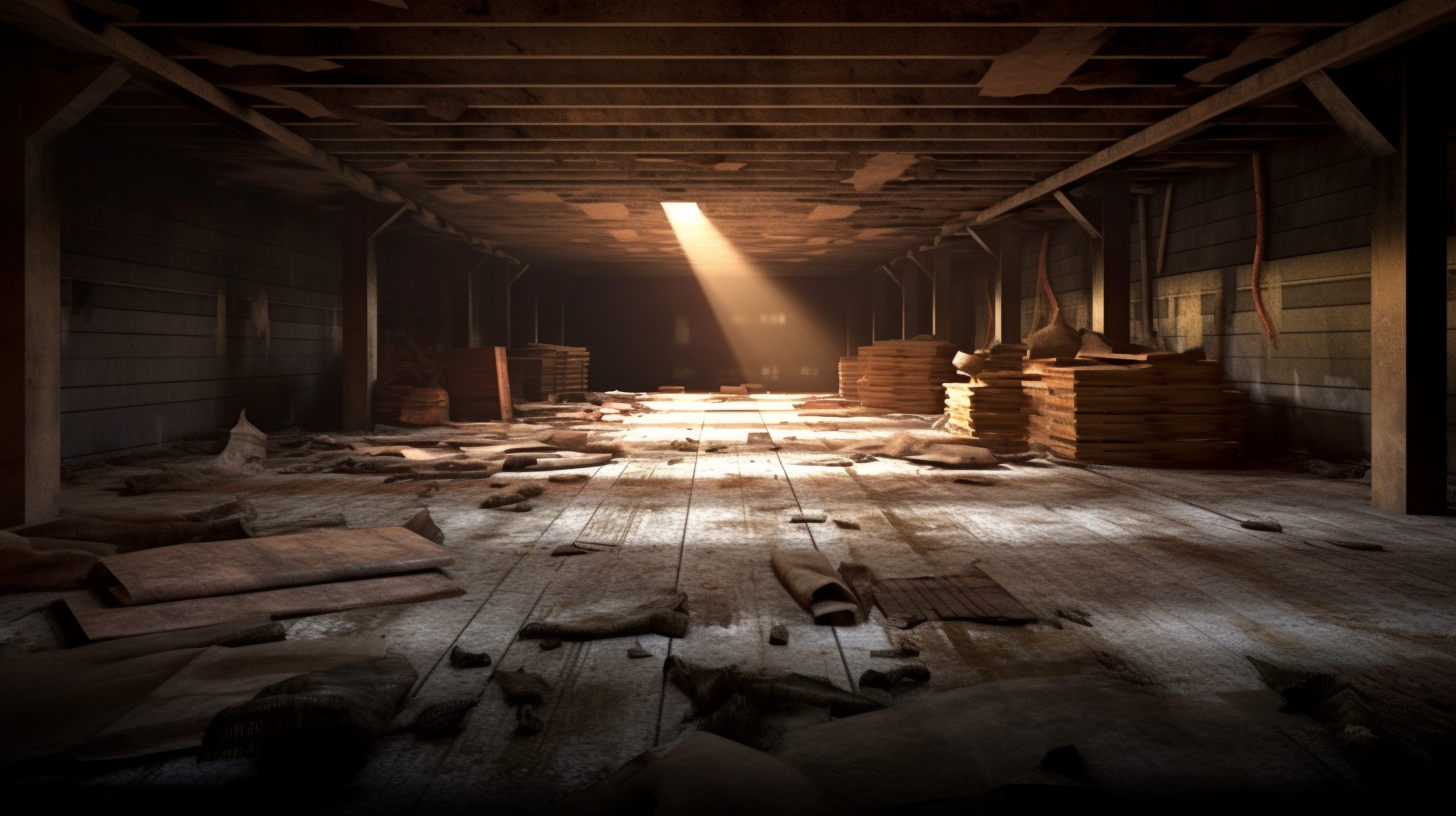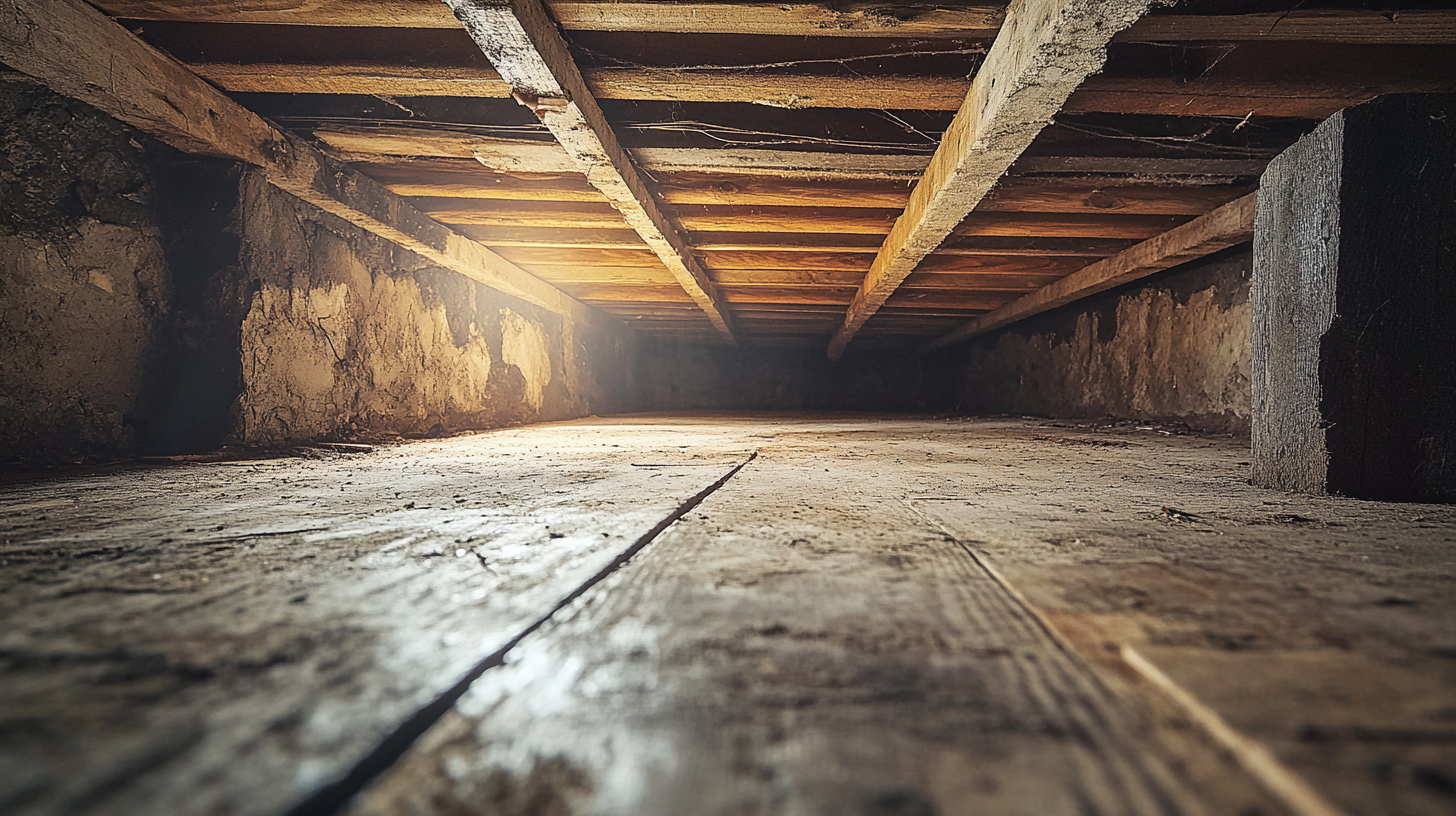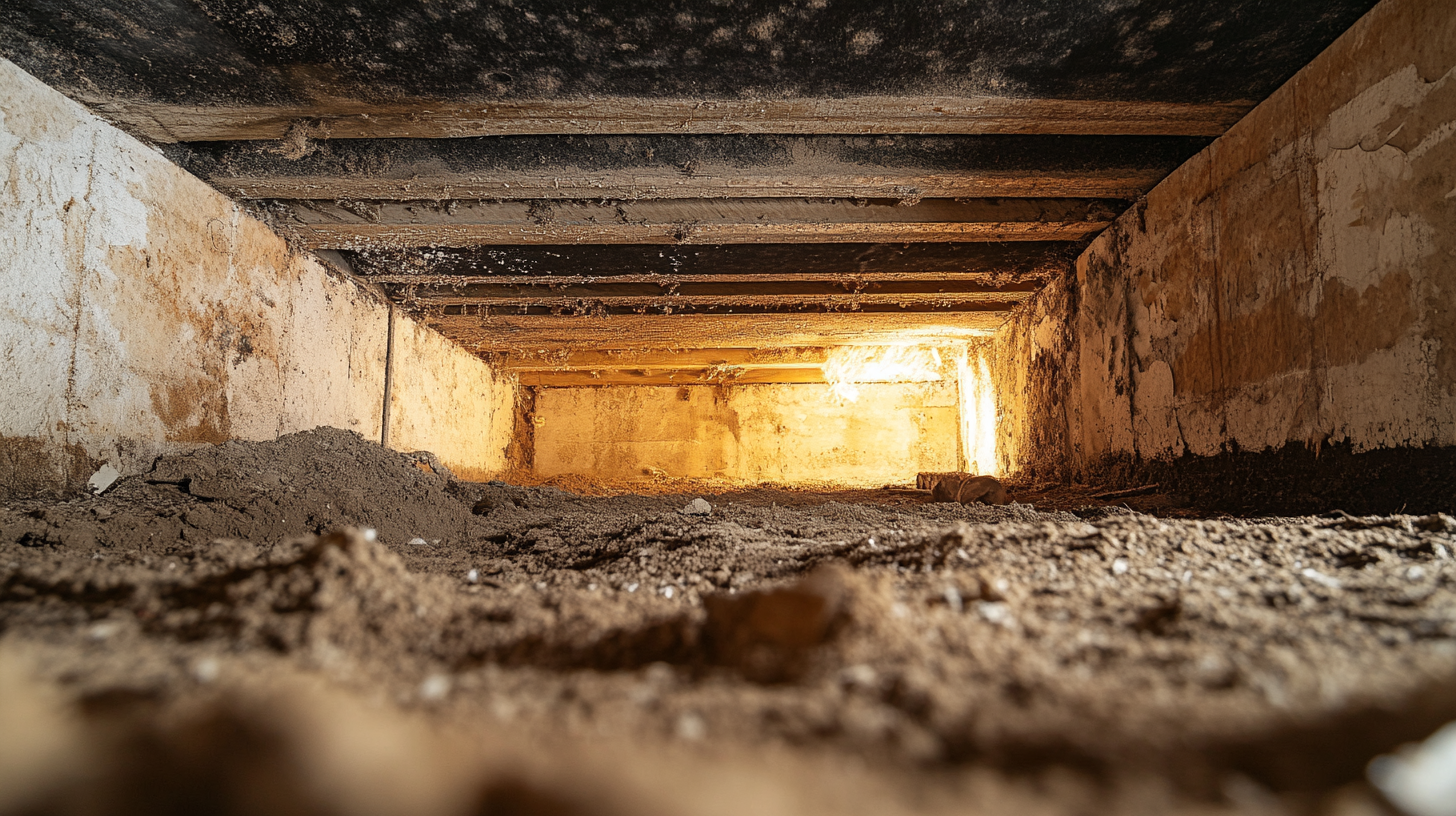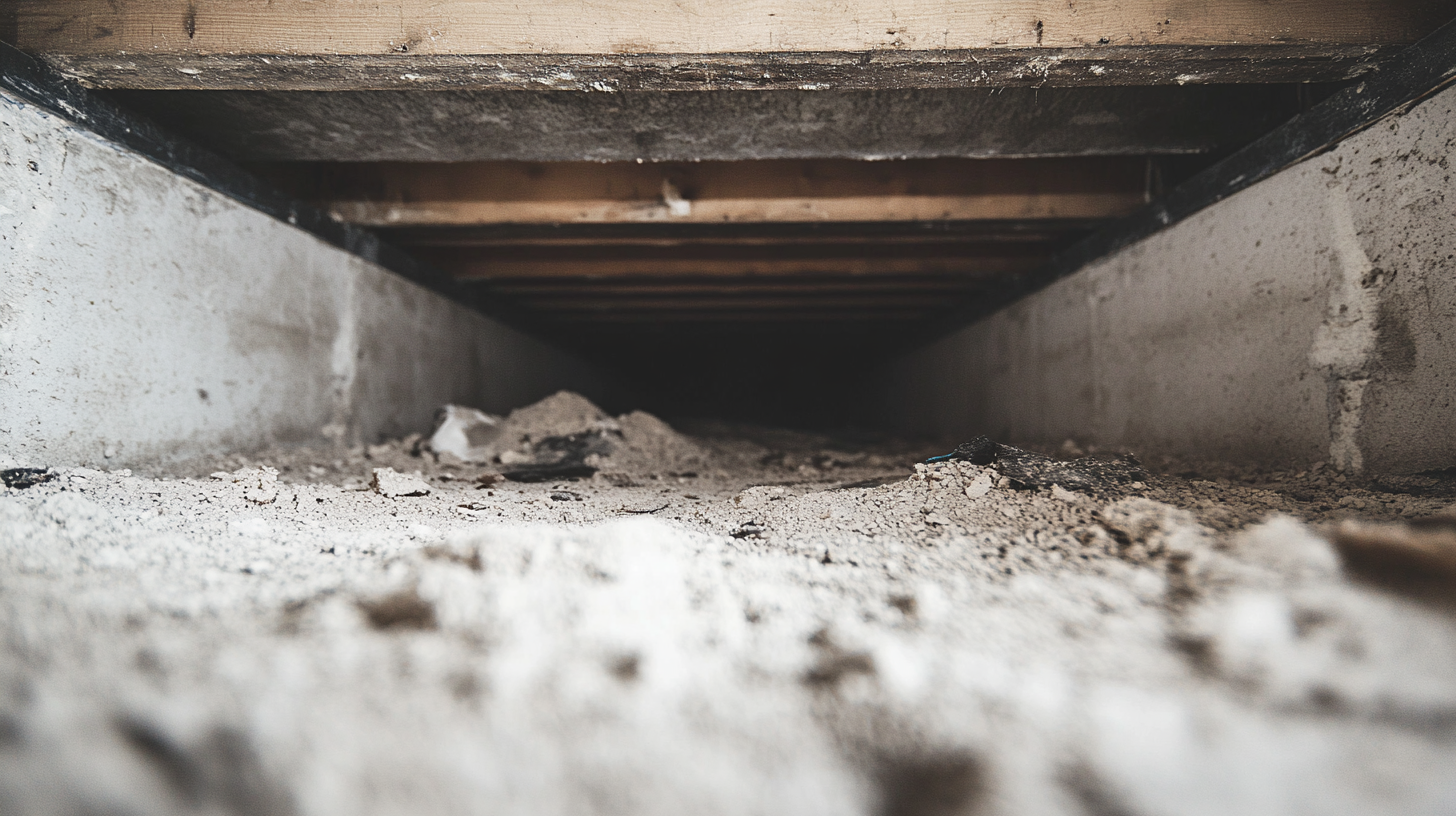Top Strategies for Repairing Rust-Damaged Beams

Rust damage in structural beams is a critical issue that can compromise the safety and stability of a building. Beams are foundational elements in construction, responsible for bearing loads and maintaining the integrity of a structure. When rust begins to affect these essential components, it weakens their strength, reduces their load-bearing capacity, and increases the risk of failure. Prompt action is crucial to prevent minor corrosion from escalating into severe structural problems.
Rust forms when metal is exposed to moisture and oxygen over time, a process accelerated by environmental factors such as humidity, salt exposure, or inadequate maintenance. Ignoring rust damage can lead to progressive deterioration, resulting in costly repairs or even endangering the occupants of the building. Beyond the immediate risks, rust damage can also lead to secondary issues, such as the spread of corrosion to adjacent materials and decreased overall durability of the structure.
This blog explores the causes and consequences of rust damage in beams, emphasizing the importance of early detection and timely intervention. Discover how proactive measures, such as regular inspections, protective coatings, and targeted repairs, can help preserve the structural integrity of your building and avoid costly complications in the future.
Understanding Rust Damage in Beams
Rust damage in beams is a common but serious issue that arises from the natural process of metal corrosion. Understanding its causes, effects, and severity is key to mitigating its impact on structural integrity and ensuring the safety and longevity of a building.
What Causes Rust in Beams?
Rust occurs when metal is exposed to moisture and oxygen for prolonged periods, initiating a chemical reaction that weakens the material. The absence of protective coatings leaves metal surfaces vulnerable to this process, particularly in environments with high humidity or poor maintenance. Environmental factors, such as the presence of salt in coastal areas, further accelerate corrosion, making it imperative to address these risks proactively.
How Rust Affects Beam Strength
Rust significantly compromises the strength of beams by reducing their cross-sectional area, which directly weakens their load-bearing capacity. Over time, this deterioration can lead to brittle failure under stress, posing a serious safety risk. Additionally, rust can accelerate the corrosion of surrounding materials, spreading damage to adjacent components and further undermining the overall structural integrity of the building.
Identifying the Severity of Rust Damage
Assessing the severity of rust damage is essential for determining the appropriate intervention. Superficial rust is characterized by minor surface corrosion that does not yet affect the structural performance of the beam. Moderate damage involves deeper rusting that causes pitting and thinning, indicating the need for repair. Severe damage, marked by visible deformation, cracks, or the complete loss of sections, is a critical condition that requires immediate professional attention to prevent structural failure.
Preparing for Rust Repair
Proper preparation is essential for effectively repairing rust damage in beams. Taking the time to gather the right tools, follow safety precautions, and thoroughly clean the affected areas ensures a durable and long-lasting repair.
Tools and Materials Required
To address rust damage, specific tools and materials are necessary to achieve professional-quality results. Essential tools include a wire brush, grinder, and chisel for removing rust and preparing the surface. Rust converters and primers are critical for stabilizing the affected area before applying any protective layers. Welding equipment may be needed if reinforcements or steel plates must be installed. For materials, epoxy or resin fillers help restore the beam's surface, while protective coatings such as zinc-based paints provide a barrier against future corrosion. Replacement steel plates or other reinforcements may be required for areas with significant damage.
Safety Precautions
Safety should always be a top priority when working on rust repairs. Wear appropriate protective gear, including safety goggles, gloves, and a dust mask, to shield yourself from debris, rust particles, and harmful chemicals. Ensure the workspace is well-ventilated, particularly when using rust converters or applying coatings, to avoid exposure to toxic fumes. Following these precautions minimizes risks and creates a safe environment for completing the repair.
Cleaning the Beam
Thorough cleaning is a crucial first step in preparing a rusted beam for repair. Begin by using a wire brush or grinder to remove debris, flaking rust, and loose material from the affected surface. After removing the rust, wash the area with a degreaser to eliminate grease and other contaminants that could interfere with the repair process. Allow the surface to dry completely before proceeding with any rust treatment or repair materials to ensure optimal adhesion.
Strategies for Repairing Rust-Damaged Beams
Effective repair of rust-damaged beams requires strategies tailored to the severity of the damage and the specific requirements of the structure. Each approach provides unique benefits and is designed to restore the beam's functionality and protect it from future corrosion.
Rust Neutralization
Rust neutralization is a vital first step for stabilizing rust-affected areas and preventing further corrosion. A rust converter is applied to the remaining rust, forming a protective barrier and priming the surface for subsequent coatings. The process involves brushing or spraying the converter onto the cleaned rusted surface and allowing it to dry completely. This method is particularly effective for halting corrosion in its early stages, providing a stable base for additional treatments.
Surface Repair with Fillers
For beams with minor to moderate damage, surface repair using epoxy or resin fillers is an ideal solution. After cleaning and preparing the surface, the filler is applied to pitted or uneven areas to restore smoothness and minor structural integrity. Once cured, the surface is sanded smooth and coated with protective paint to shield it from future rusting. This strategy is cost-effective and efficient for addressing localized damage without extensive intervention.
Welding and Steel Plate Reinforcement
Severe rust damage often requires a more robust repair method, such as welding and steel plate reinforcement. Severely corroded sections of the beam are cut out and replaced with steel plates or new sections that are welded onto the structure. Following the welding process, a protective coating is applied to safeguard the repaired areas from future corrosion. This approach restores the beam’s strength and significantly extends the lifespan of the structure, making it suitable for critical load-bearing applications.
Carbon Fiber Wrapping
Carbon fiber wrapping is a modern alternative for beams with moderate damage or those that are not load-bearing. This process involves applying epoxy to the beam's surface and wrapping it with carbon fiber sheets. Once cured, the wrapped beam is finished with a protective coating to enhance durability. Lightweight yet strong, carbon fiber wrapping offers minimal disruption during repair and is an effective method for reinforcing non-structural elements or beams with less critical damage.
Cathodic Protection
Cathodic protection is a preventative strategy designed to halt ongoing corrosion in beams, particularly in harsh environments. This method involves the use of sacrificial anodes, such as zinc or aluminum, or impressed current systems that provide continuous protection. By redirecting corrosive activity away from the beam, cathodic protection ensures long-term durability and significantly reduces maintenance needs.
Preventing Future Rust Damage
Prevention is key to maintaining the structural integrity of beams and avoiding costly repairs. By implementing effective measures to protect beams from rust, property owners can significantly extend their lifespan and ensure the safety of the overall structure.
Protective Coatings
Applying protective coatings is one of the most effective ways to shield beams from rust. Start with a rust-inhibiting primer that creates a barrier against moisture and oxygen, the primary causes of corrosion. Follow this with a high-quality, moisture-resistant top coat to seal the surface completely. These layers not only prevent rust but also enhance the durability of the beams in challenging environmental conditions.
Improving Drainage and Ventilation
Proper drainage and ventilation play a critical role in minimizing rust risk. Ensure that beams are not exposed to standing water by addressing any issues with drainage systems, such as gutters or grading. Additionally, improve airflow in enclosed spaces where beams are located, reducing humidity levels that can accelerate corrosion. Simple measures like installing vents or using dehumidifiers can make a significant difference in preventing rust formation.
Regular Inspections
Routine inspections are essential for early detection and prevention of rust damage. Schedule periodic checks to look for signs of rust, such as discoloration, flaking, or pitting. By identifying and addressing minor issues early, you can prevent them from escalating into severe damage that requires extensive repairs. Regular maintenance also ensures that protective measures remain effective over time.
When to Call a Professional
While many rust repair and prevention tasks can be handled independently, certain situations require the expertise of a professional to ensure the safety and integrity of the structure. Knowing when to seek help can prevent further damage and costly mistakes.
Severe Structural Damage
Professional intervention is essential when rust has caused visible deformation or significant section loss in a beam. Such damage not only compromises the appearance of the beam but also affects its load-bearing capacity, posing a serious risk to the stability of the structure. A professional evaluation can accurately assess the extent of the damage and determine the best course of action to restore the beam’s strength and functionality.
Complex Repairs
Advanced repair techniques, such as welding or structural reinforcement, often require specialized skills and equipment. These methods are critical for addressing severe rust damage or for integrating systems like cathodic protection to halt ongoing corrosion. Professionals have the knowledge and tools needed to carry out these repairs effectively, ensuring that the structure meets safety standards and remains durable over time.
Safety Concerns
When the stability of a beam is uncertain, attempting DIY repairs can be dangerous. The risk of further damage during improper handling or insufficient repairs highlights the need for professional expertise. Engaging a professional ensures that the repair process prioritizes safety and prevents potential hazards, both during and after the intervention.
FAQs
Contact Fast Response Cleaning & Restoration Today!
Fast Response Cleaning & Restoration will do everything we can to ensure your experience with us is excellent.
Request A FREE Estimate
Request A FREE Estimate Form
CHECKOUT RECENT POST



Have an Emergency? We're Here to Help!
When it comes to disaster cleanup, we are a seasoned veteran in the industry and have helped hundreds of property owners just like you.
Our disaster recovery teams are available 24-7 to quickly clean up and repair disasters of all types.
